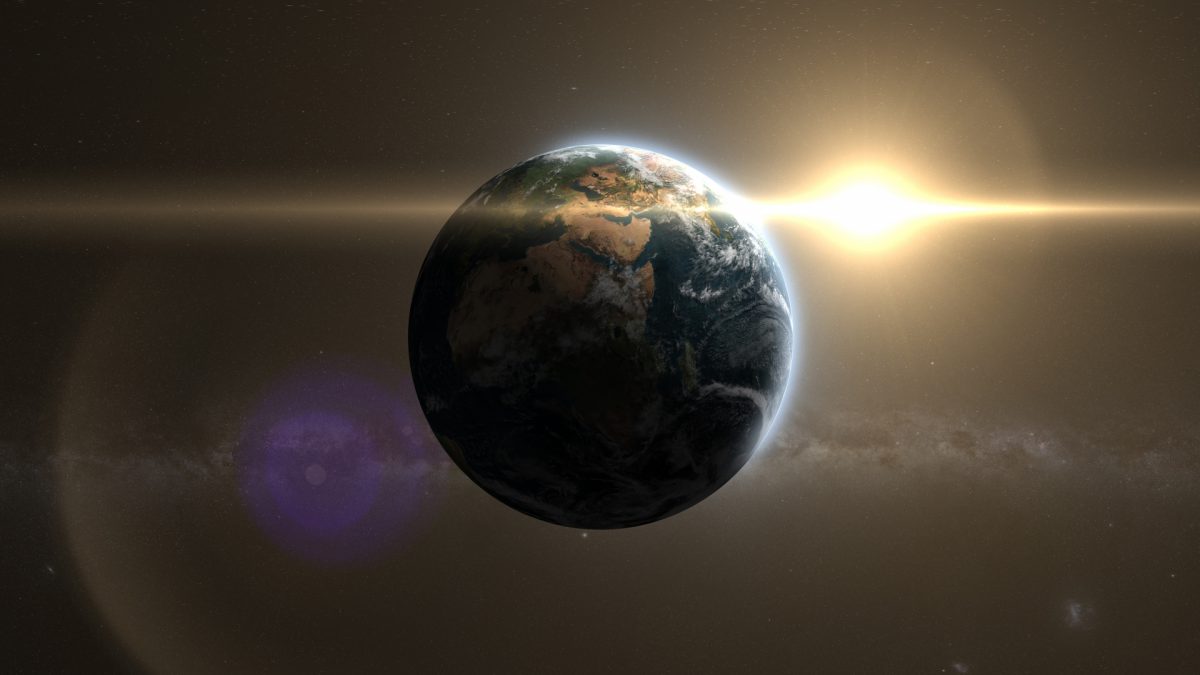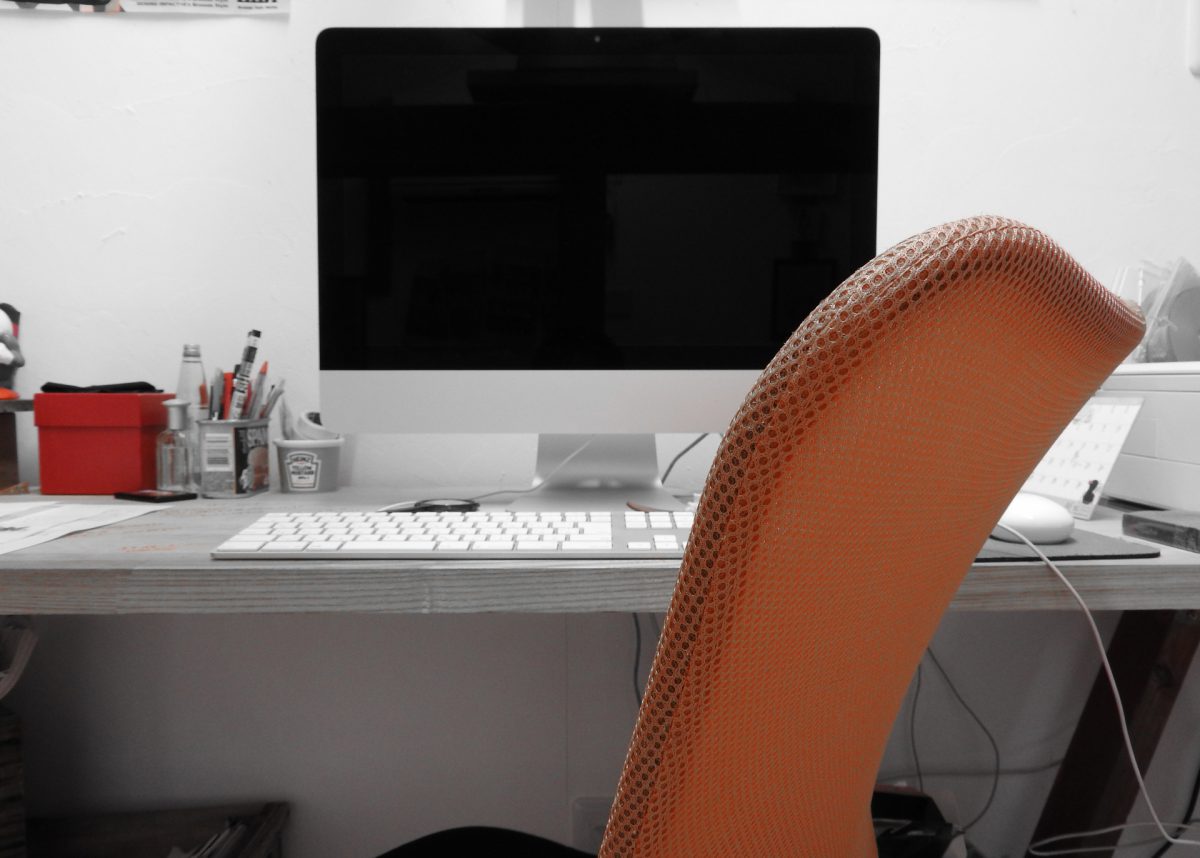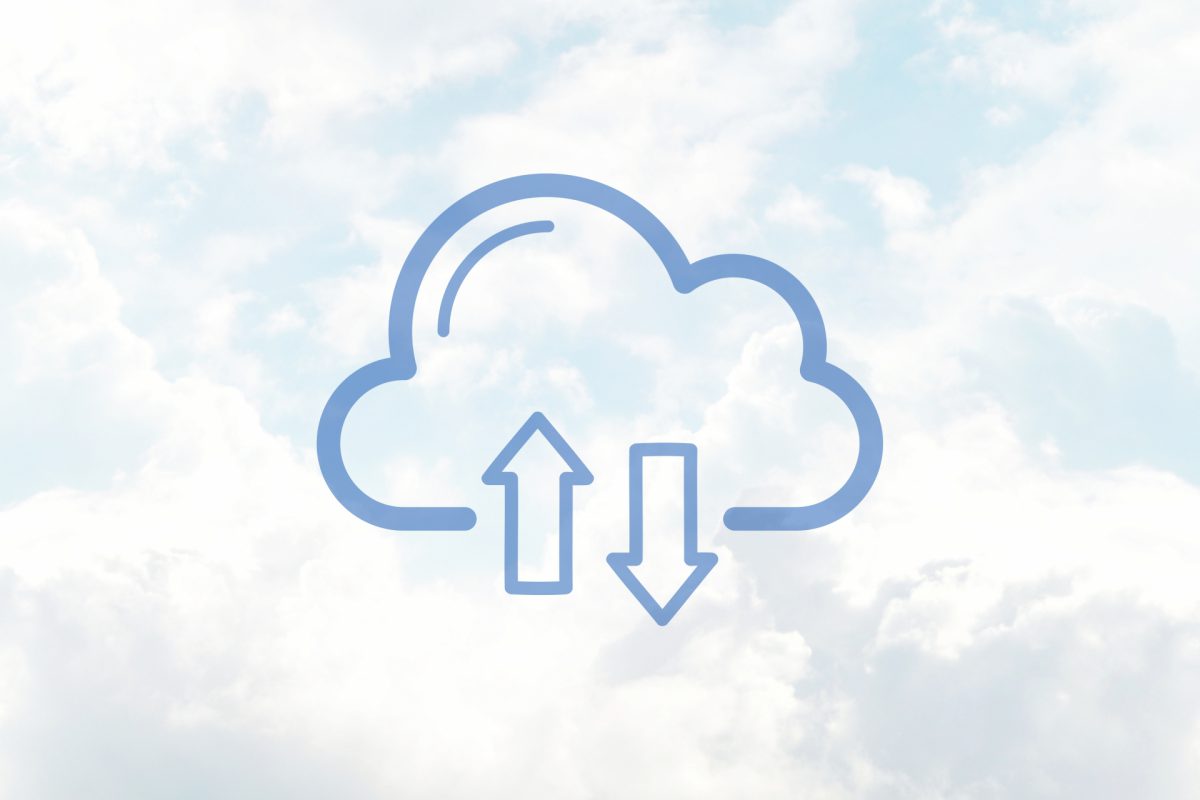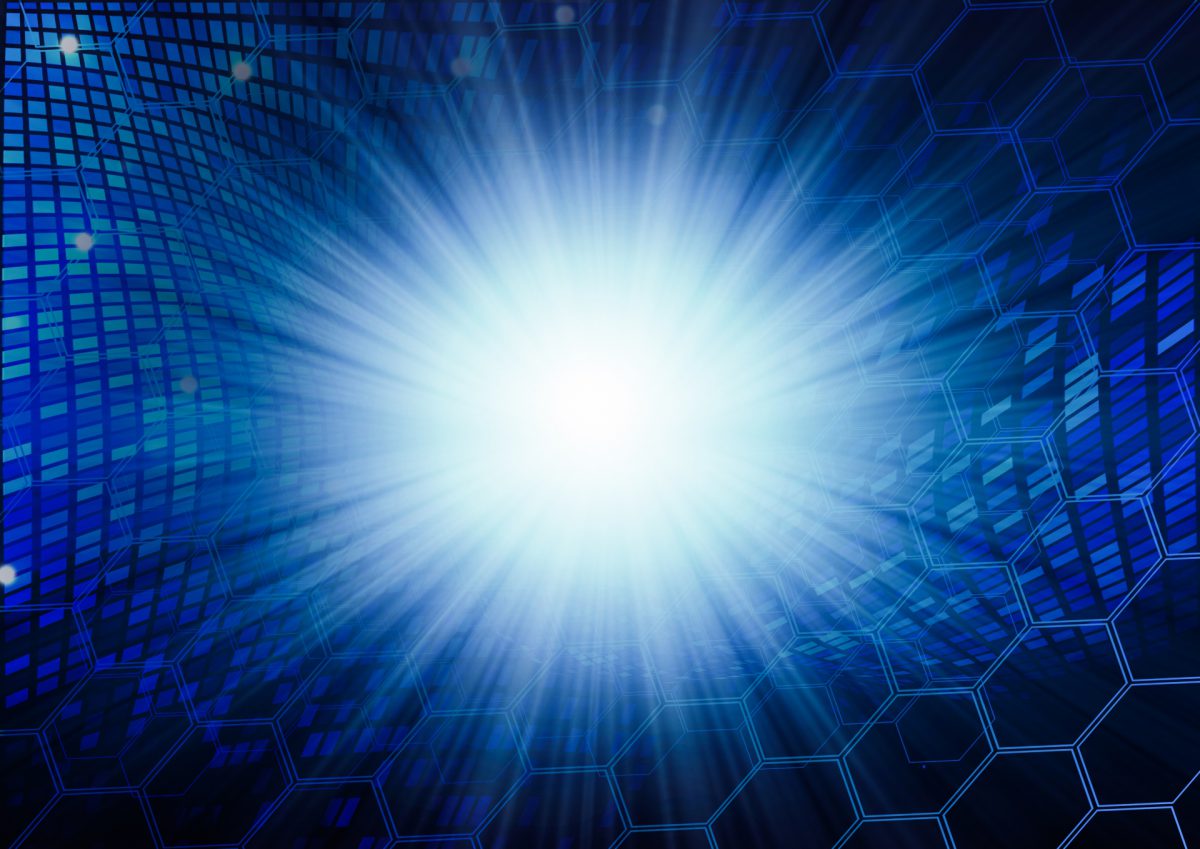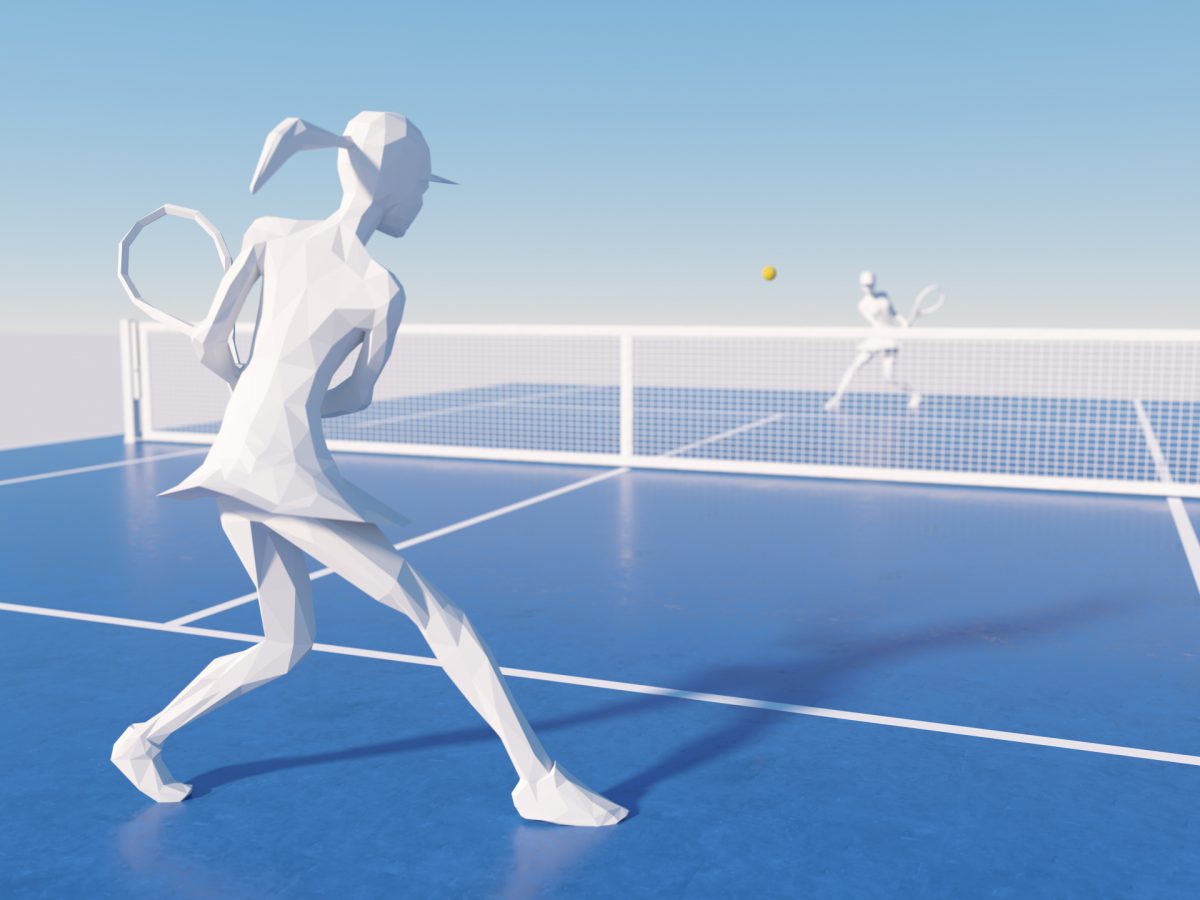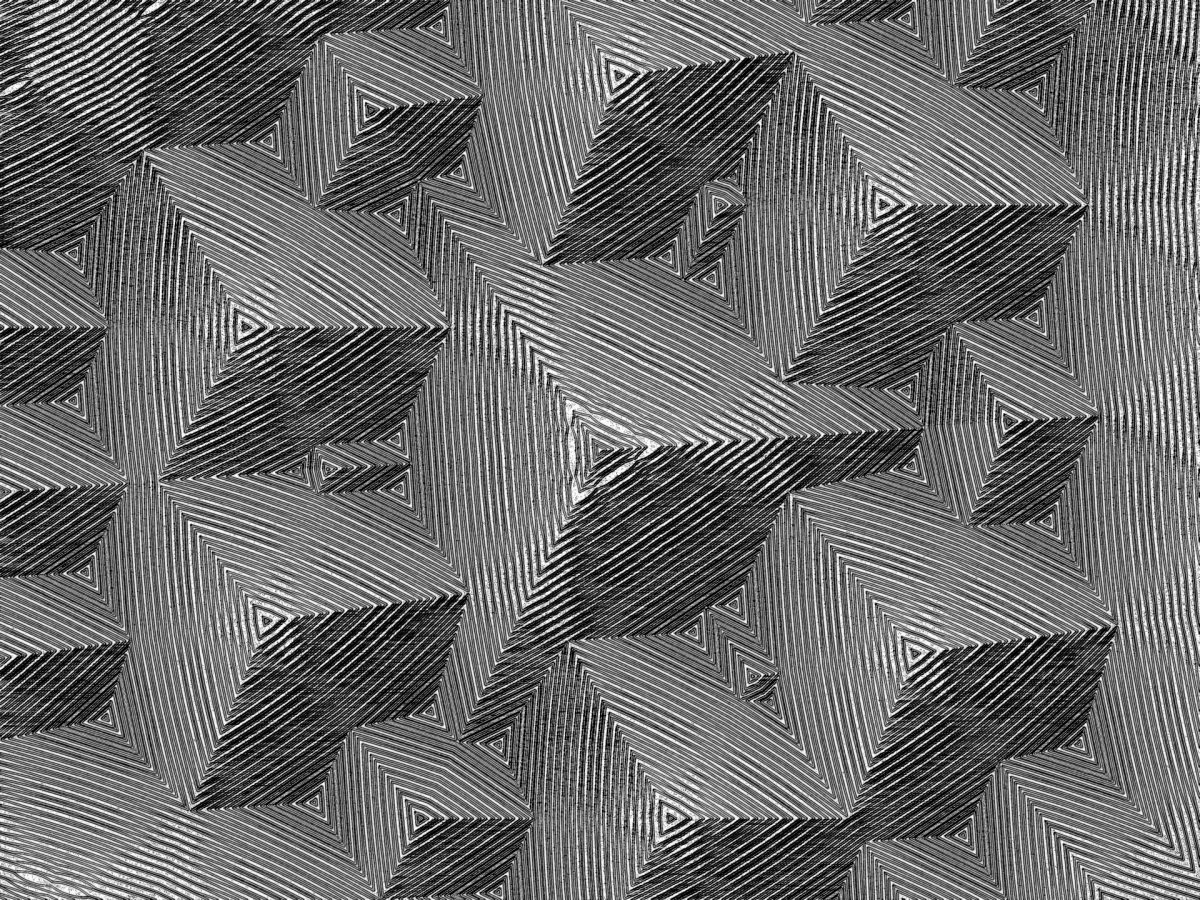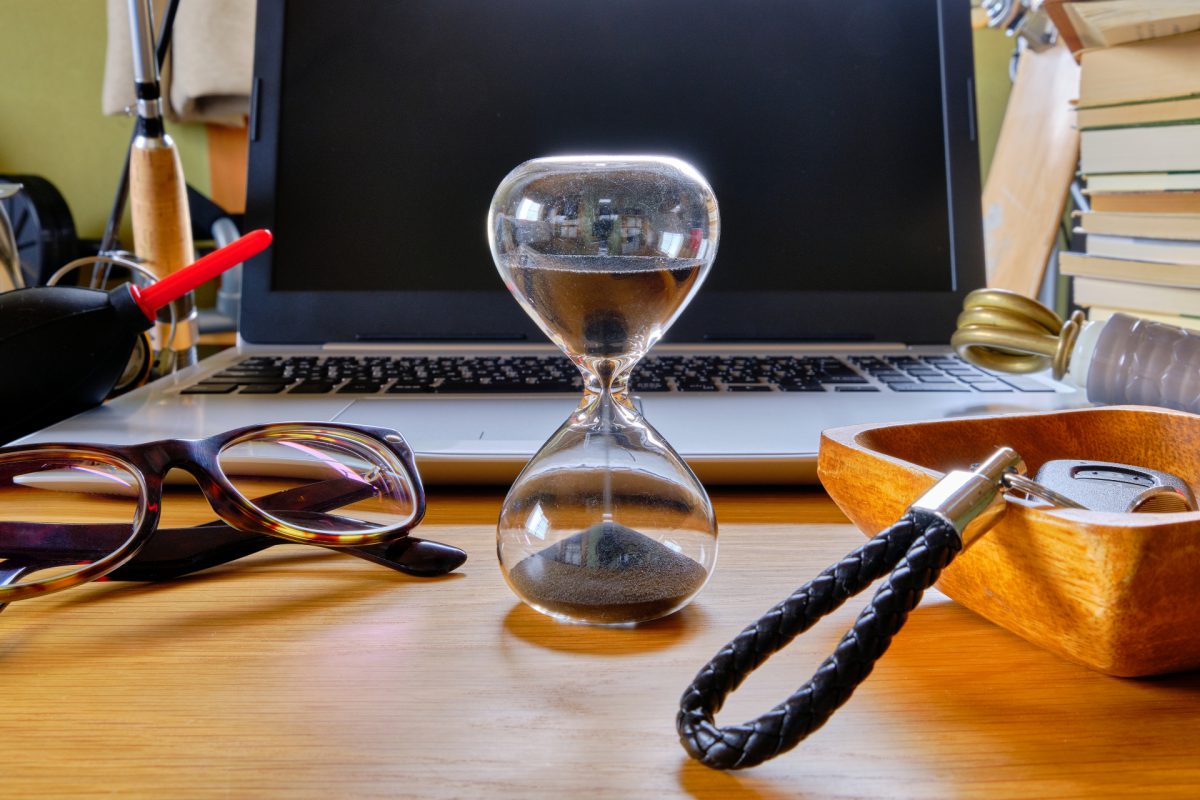Since the release of Blender 2.8, the software’s newest real-time renderer Eevee has proven itself to be a revolutionary engine. However, while first impressions may make you consider replacing Cycles as your default renderer, there are several considerations that need to be made before doing so — especially if you’re interested in creating photo-realistic scenes …
